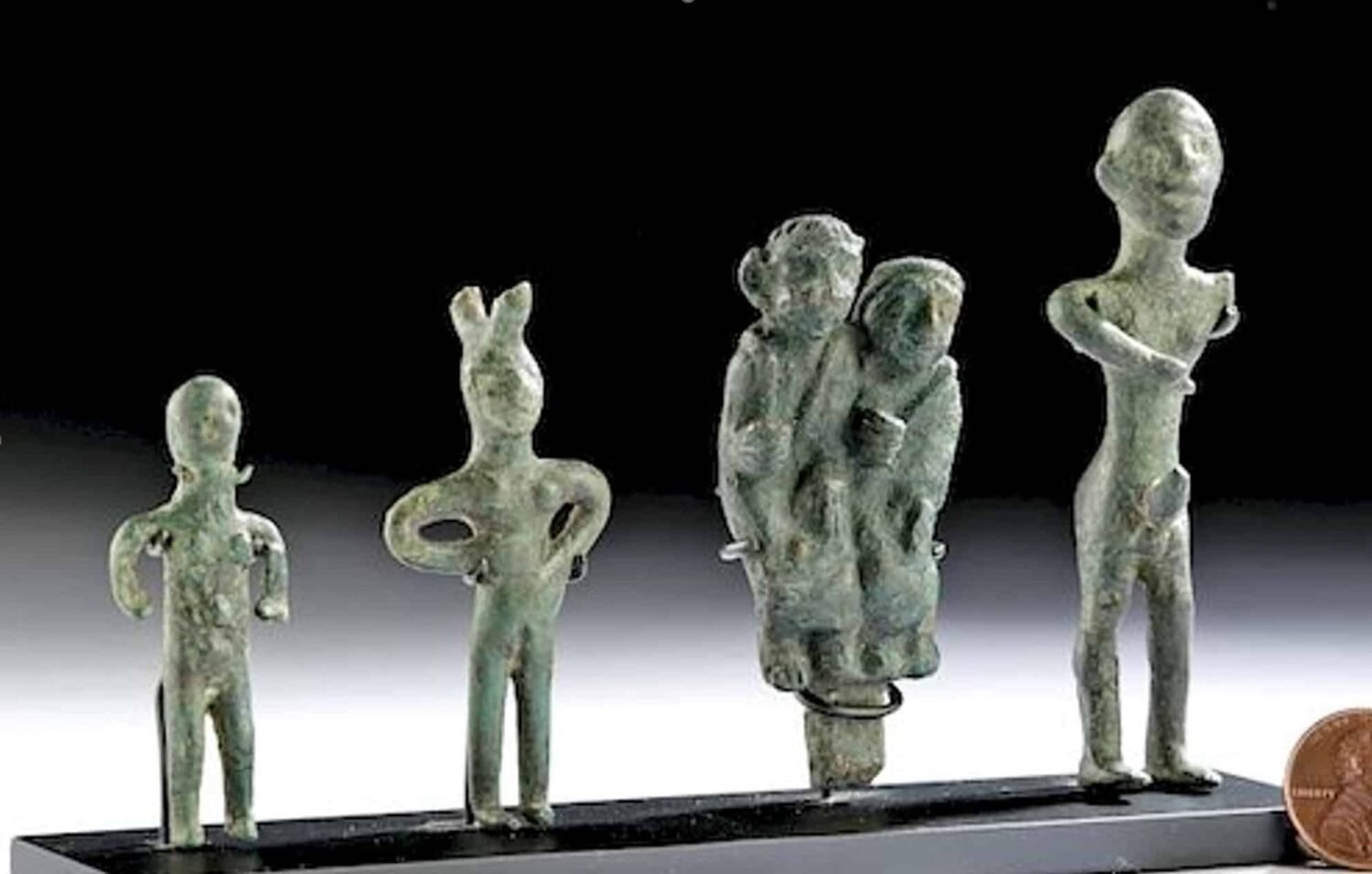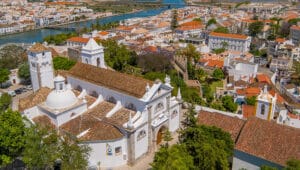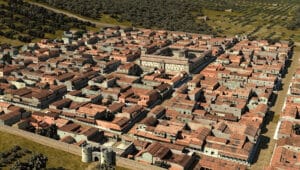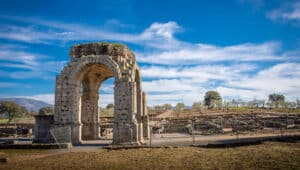Traders, raiders and invaders during the First Millenium BC
This is a revision of an essay which was published in year 2021. Since then, notable advances in archaeological investigative techniques have been made due to improvement in both the machinery employed and the use of digital information aided by artificial intelligence. Additionally, interpretations of the socio-economic evolvement of Celtic people have altered. Corrections thus made are referred to in the Addenda of Chapter 4.
The period 15th to 10th centuries BCE saw a gradual progress in the socio-economic life of the indigenous tribes who occupied the western seaboard of the Iberian Peninsula.
Population growth caused a doubling in the number of hill-top fortified settlements with average occupations of 300 souls while villages began to sprout in maritime and estuarine locations to house the sailors who plied the coastal trading routes in their flimsy craft, which ranged from coracles to early versions of the oared galley.
Further south, in the Alentejo, the first farms for the raising of cattle, sheep and pigs took shape as large tracts of plain were enclosed with wattle.
The larger communities saw the first divisions of labour, e.g., shepherds and fisherfolk, tailors and warriors, ceramicists and metalworkers – the last being perhaps the most important because of the burgeoning manufacture of weapons and utensils from Bronze (an alloy of 70% copper and 30% tin) plus jewellery, ornaments and ingots from silver and gold.
To the philosophers and adventurers of the ancient world (which had its centre in the Fertile Crescent), the travellers’ tales of eastern Iberia brought a mix of mystery and myth while the far distant western seaboard represented the last frontier to eternity of the endless Ocean/Sea.
But there was little doubt concerning the immense mineral wealth of the peninsula and expeditions were mounted to exploit this.
The first of these was the foundation by the Phoenicians of trading posts at Cadiz, Malaga and Seville in the 12th century BCE. This was followed over the next 500 years by their spread beyond the Pillars of Hercules to what is now southern and western Portugal.
They were succeeded briefly in the 7th century by the Phocian Greeks who established colonies at Alcácer do Sal and Tavira, but these were captured by the Carthaginians who had replaced the Phoenicians of Tyre as the dominant trading power throughout the Mediterranean basin.
The Celtic people, with bases of power in Hallstatt and Anatolia, formed a substantial part of the central and east European population, but their social position became increasingly untenable in the face of unrelenting attacks by Asiatic hordes coming from the east.
Together with other Indo-European people, they retreated to the west and circumvented the Pyrenees to join the Urnfields Celts who had settled in north-east Iberia some years before.
To say that there was an invasion would be misleading; there was no organised Celtic military force. Rather that successive waves of large family groups intruded across the north until they reached the Atlantic and then spread south to the Tagus estuary.
Their success in conquering the major hill-top settlements was largely due to the innovation of the Iron Age with its superior weapons and machinery but also the introduction of cavalry.
A basic governmental structure of law and order enabled the Celts to become the new nobility with the autochthons reduced to a state of servitude. Inevitably, the fusion of not dissimilar tribes brought into being a new common language and the regulation of religious sacrificial practices, the worship of new gods and the burial of the dead.
However, in the south, the Mediterranean way of life prevailed largely due to the influence of the Tartessian culture which stretched from Lagos through the lower Alentejo to Caceres in the north and then to Huelva on the south coast.
Initially, the population consisted almost entirely of the Cynetes, but other Iberian tribes entered later. In the poem Ora Maritima written by Avienus in the 4th century, the Oestriminis are mentioned as earlier inhabitants until they were invaded by the Saephe of Celtic origin.
To these groups were added the Phoenician traders who had set up trading posts and intermarried locally.
The result was a gradual fusion of ideas and beliefs which led to the Tartessian language using a Paleo-Hispanic script and including place-names of both Celtic and Punic origin.
The driver of the Tartessian economy was undoubtedly the mining of silver, which was the requirement of the Assyrian and Babylonian empires as the currency of tribute, but the foundries worked also in copper, tin and gold.
One of the largest of these was situated at Cerro da Rocha Branca, near Silves (Faro district), while others were located at Setúbal and Santa Olaia, Coimbra.
In return for the export of metals, the Tartessians benefited from the import of medical knowledge, musical instruments (the lyre and bagpipes), theatre and literature, architectural innovation and military expertise plus agricultural know-how including winemaking techniques and new plant varieties.
There continues to exist controversy as to where exactly the city-state of Tartessos was located. From the Hebrew Bible and the writings of the Ancients, such as Aristotle and Flavius Josephus, we hear of locations suggested as Sardinia, Sicily, the coast of Algeria and, of course, the east and south coasts of Spain.
The probable truth is that all may have been correct because the literal translation can be “a far distant land of plenty”. The word Tarshish occurs 26 times in the bible and is referenced many times in Greek writings.
King Solomon (reigned 971 to 931 BCE) joined forces with his Semitic cousin King Hiram of Tyre to build a fleet of cargo vessels at Ezion Geber in the Gulf of Aqaba.
In 947, they mounted expeditions to Ophir and the Pacific islands to trade for silver, ivory, apes and slaves, but some of the ships were diverted to continue a voyage which circumvented the African continent over a period of three years.
Before returning through the straits of Gibraltar, the trading prospects of the Iberian west and south coasts were assessed, and a new joint fleet was formed specifically to make annual journeys to Tarshish from whence it returned heavily laden with silver and other treasures to enable the financing of Solomon’s grand plan to build the first World Trade Centre at the twin citadels of Jerusalem and Tyre. Thus, a Hebrew participation in the history of Iberia commenced.
Conquest of Tartessos was the first aim of the Romans when they invaded Carthaginian possessions in 192 BCE.

























